‘Twas Hamlet who inquired most eloquently about being or not being, but car collectors and enthusiasts alike have their own internal debate, one that has been going on for decades. What is real? What isn’t? Should copies (aka fakes, replicas, reproductions, clones, tributes, etc.) even exist? Is a chassis tag enough to qualify a significant car as real or genuine? What if it’s a rebuilt wreck? What if it’s a copy so exact and accurate that no one can tell it’s not real?
My opinion on this whole real vs. replica issue: If it’s not the real deal, then why bother? However, I recently got some seat time in a C-Type Continuation from Jaguar Classic, and now I’m having an existential crisis.

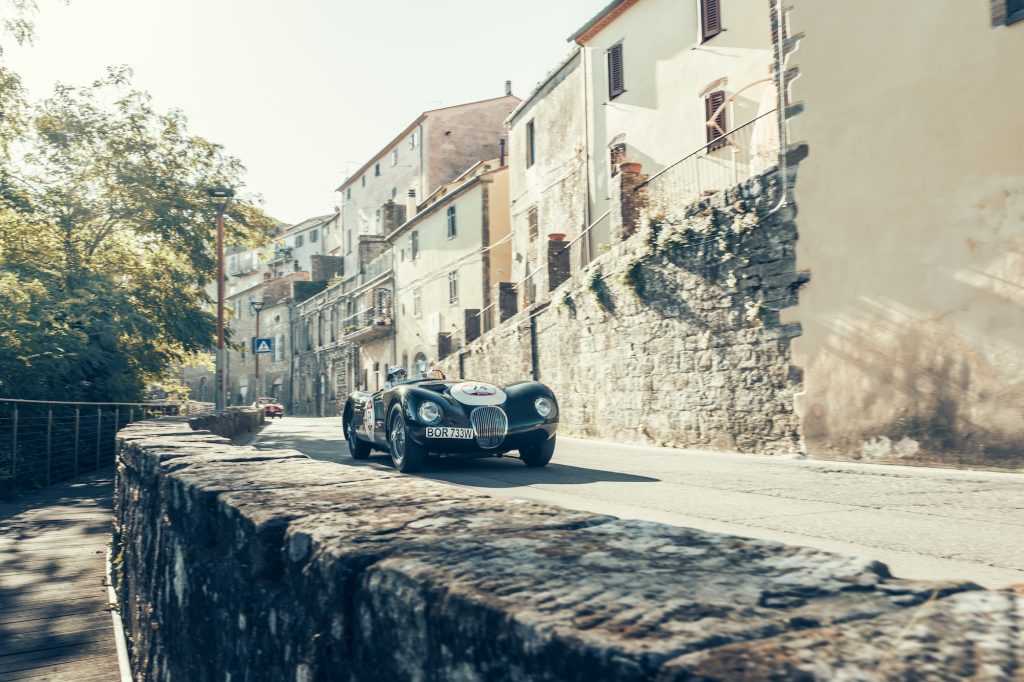
Continuation cars are similar to replicas, albeit with a few key differences. Built by the same companies who made the originals, and to identical or near-identical specifications, continuation cars are in a material sense the real deal, just assembled a few decades late. Carmakers like Aston Martin and Bentley have seen values of some of their greatest classics soar, and they understandably seized on the opportunity to meet market demand with their own fresh products. Jaguar Classic got into the continuation game in 2016, recreating the Lightweight E-Type. It quickly moved to the XKSS road car and then the D-Type race car that took Le Mans by storm in the mid-1950s.
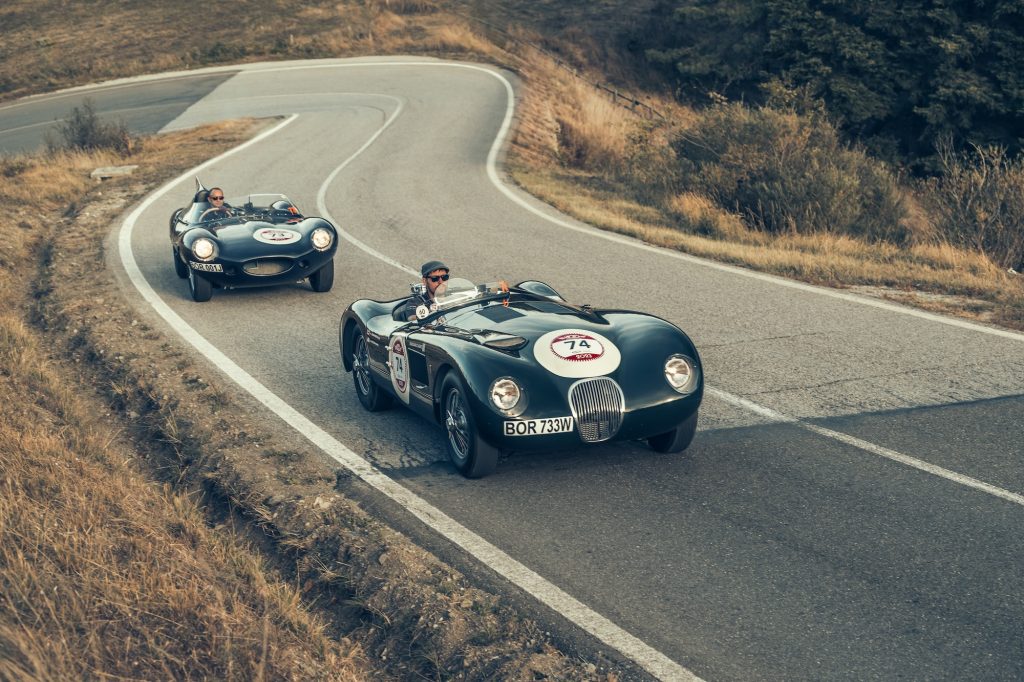
The latest to join this prowl of new-old Jags is the C-Type Continuation, one of which was offered to me for the Modena Cento Ore, a 900-kilometre gentleman/gentlewoman racers’ luxury road and track rally through some of the more recognizable bits of northern Italy. Built in 2021, this example was crafted to 1953 specifications. 1953 was the year the C-Type took first, second, fourth, and ninth at Le Mans thanks to a banger of an engine, smooth aerodynamics, and novel disc brakes. Technically this car is still quite new, but driving it through Tuscany easily passed for the best kind of time travel.
The raucous Weber-fed XK engine and non-synchro four-speed gearbox presented the same mechanical engagement felt by Tony Rolt and Duncan Hamilton when they whizzed down the Mulsanne Straight 70 years ago. The hand-built 3.4-litre straight six – identical to those that left the factory in ’53 –never needed high revs thanks to its abundant torque, but it sure felt eager, like it wanted to you to give it the beans and flirt with the redline. The expansive hood out front, Spartan interior with analogue gauges, and sounds and smells blasting past completed the experience. The only thing that didn’t feel “classic” about this English race car was the lack of stress over whether it would start. At no point did I say to myself “shame it’s not real,” and I doubt anybody watching it roar through the Umbrian countryside did, either.
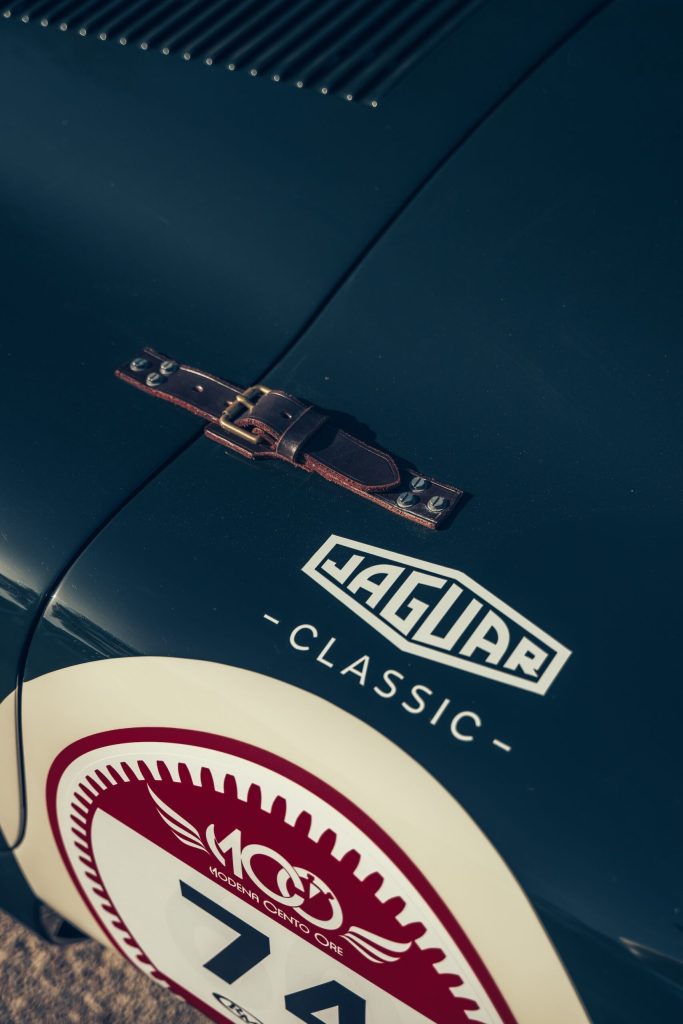
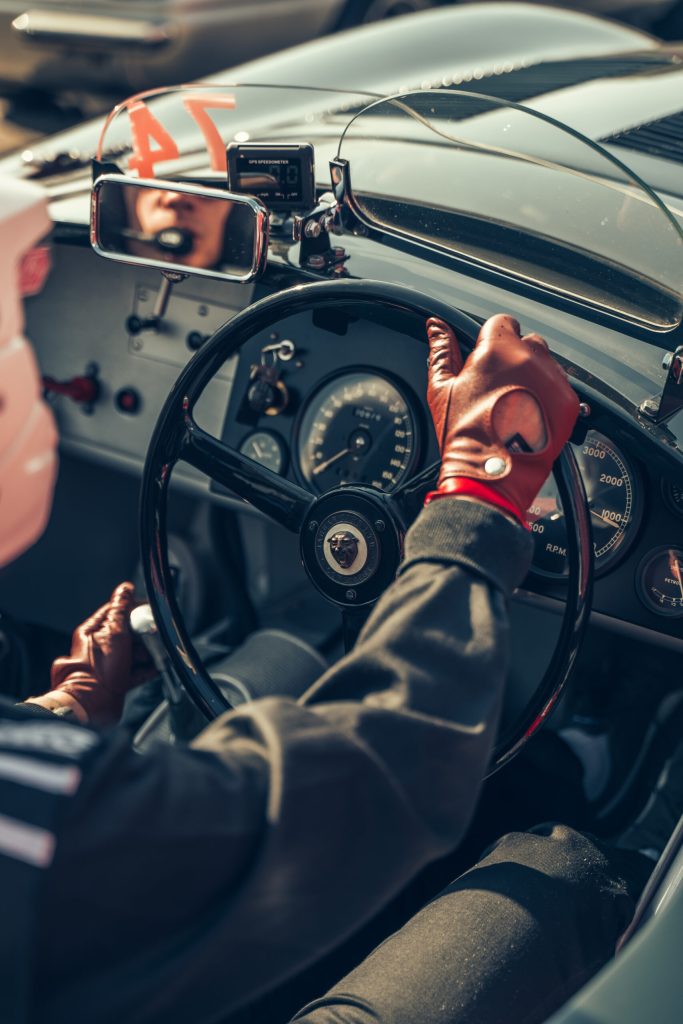
Which brings me back to the real vs. not-real dilemma. Well-done C-Type replicas from companies like Lynx or Proteus have, for decades, offered a much more affordable alternative to the originals. The delicious C-Type Continuation from Jaguar Classic, on the other hand, costs about £1.5M. Rarity is an important part of the original’s appeal, of course; you may remember that Jaguar only screwed together 53 original C-Types from 1951–53. The last one to sell at auction brought $5.285 million (£4.3m) and most of the ones that still exist live on quietly in large collections. Real C-Types, especially ones with serious race history, are so valuable that many find it difficult to justify taking them out and driving them as originally intended. As a result, an exact copy or a very close one – a car that gives the same experience without the risk – can make a lot more sense.
This dilemma is hardly unique to Jaguars, nor is it new. Chuck Beck made his first Porsche 550 Spyder copies over 40 years ago. Various contemporary builders have paid tribute to the late 1960s Yenko Camaro, and folks from Pur Sang in Argentina build a Bugatti Type 35 replica, which, but for six minor details that are different from the 1920 originals, might fool even the keenest of eyes. There are likely more replica Porsche 356 Speedsters on the road than real ones, and certainly more Shelby Cobra replicas than the real thing.
“If we relied on only original owners, we would have three members,” says Norman Jesch, president of the Southern California Cobra Club. “And the guys who really care, those guys with the early cars who used to take issue? I beg your pardon, but they’ve passed away.”
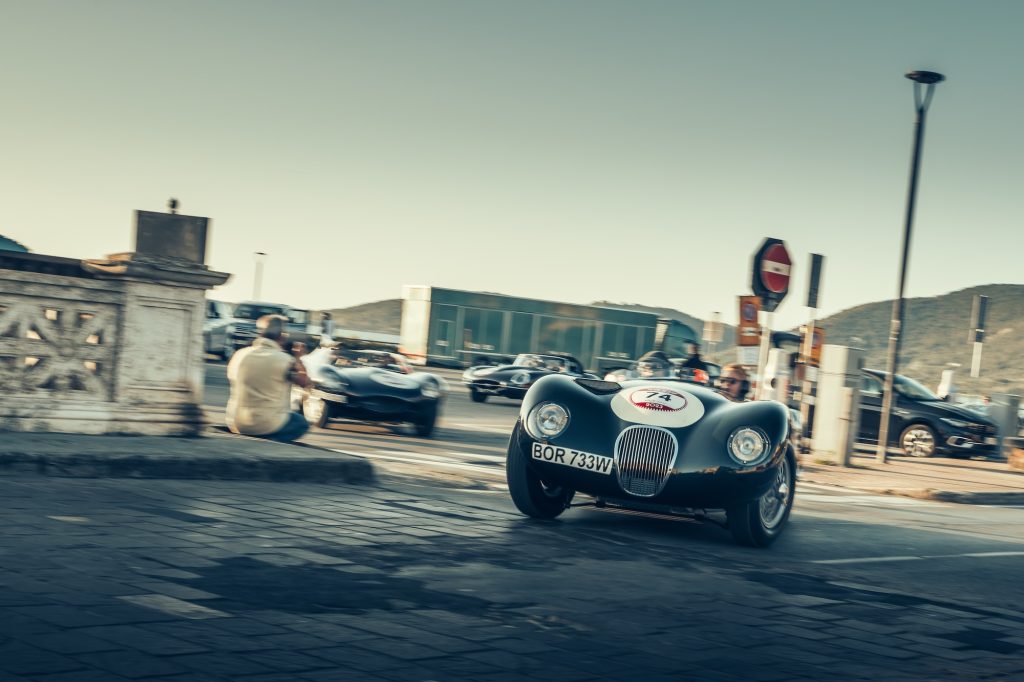
“Any potential controversy comes from owners who for various reasons consider their cars original or try to pass them off as such. But now, with modern technology, there isn’t too much of that. It’s easy enough to confirm with a CSX number if someone’s Cobra is real,” according to Jesch.
In speaking with Jesch and others about this topic, I thought I’d find plenty of people who are dead set against non-authentic cars. In fact, it was nearly impossible, as replicas and continuations appear to have found their place in the hobby.
“Even the Bugatti guys who aren’t in love with Pur Sang replicas don’t have much of an argument. No one’s going to put one of them up for auction, call it real, and devalue the originals,” says Logan Calkins, Director of Events at Hagerty.
Replicas, reproductions, kits, and tributes (Hagerty will insure most of them) keep the original marques, some of which are long gone, out there and relevant. Continuations only further tie in the heritage. They’re touchpoints for young enthusiasts just getting into classic cars and for weekend racers channeling their inner Stirling Moss.
Would I prefer the real thing? Who wouldn’t? But if these cars stir the same emotions on the road and help keep the love of classic cars alive, then where’s the rub? Taking in all the sights, sounds, and smells of the 1950s via a car with a twenty-first century build date, I’m reminded that the true joy is in what a car delivers more so than in what it is.

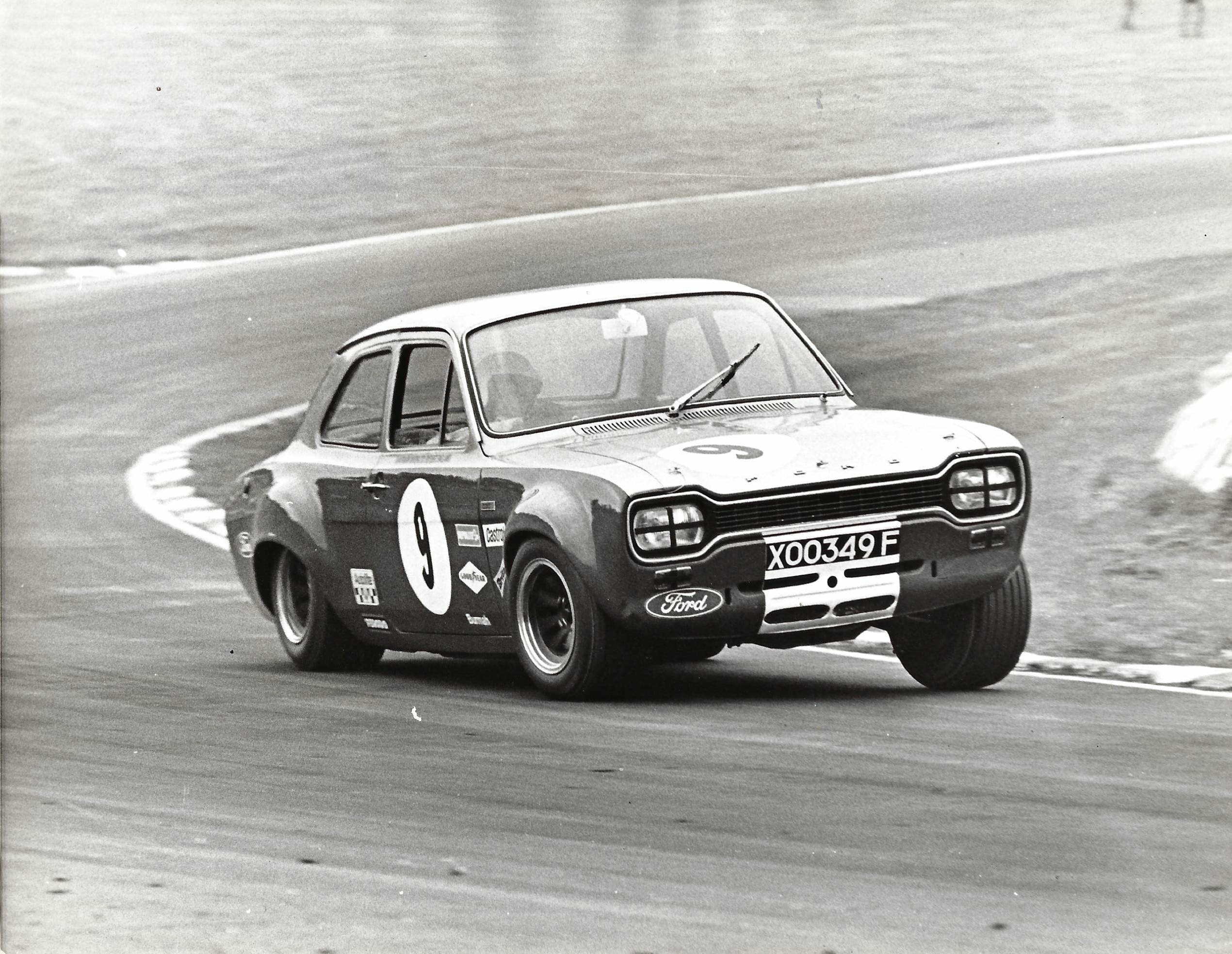









It’s always been a bit contentious,but my own opinion is many of the originals( not just C Types) have been rebuilt from an absolutely smashed wreck and it’s only the chassis plate which is actually original. So, as long as no one tries to pass of copies/replicas/continuation as original I don’t see a problem. They’re only original once.
I don’t understand how these “continuation” cars get (relatively) modern registration? Should they not be on a Q plate. These are new cars, so have they passed a modern crash test and all the current regulatory requirements? If so, they are hardly “continuation” cars, but copies with modern safety features, if not, they are the same as kit cars and replicas. An explanation would be useful and helpful in putting these cars into context.
Excellent article. I understand both sides of the argument. However very few will ever own the original. I personally don’t favor copies that only have some external resemblance. I owned a Proteus recreation C Type. I took it for service to a well regarded US restoration service. At first they refused. However when they saw the car and compared it next to an original which was in the shop they were astounded. They then gladly serviced the car. In closure I have many fond memories of driving the car and never represented it as original.
Very interesting article keeping the great models at affordable prices can only be a good thing.
Terry. They are entirely new. Q plate cars are such mongrels they can’t be dated
The main problem here is racing, where the originals don’t get a look in against the hot Rod continuations. Also how does a continuation built by a modern mass producer get registered for the road? It shouldn’t .
Realise a “continuation” car is brand new, but the C Type re-creation in the photos has a number plate not recognised by DVLA and if it is a UK number is 1980! Presumably the reg is a cherished number, but no longer on a car? And being a new car (in 2021) – does it have to pass modern testing in order not to have a Q plate allocated? Just found the Hagerty article: Counting the cost of making a continuation car road-legal by James Mills 26 August 2020! Interesting!
Die C Type Replicas von Jaguar aus 2021 erhalten im EU-Raum und zumindest auch in Nordamerika keine Zulassung für die Straße. Sie erfüllen die heutigen Normen nicht. Die Liebe für diese Millionen Pfund teuren Replicas muss hier schon sehr groß sein. Da lobe ich mir meine Heritage C-Type Replica, mit der ich sehr zufrieden bin und schöne Fahrten auf allen Straßen fahren darf. Und das meine Replica im Gegensatz zur Jaguar Replica ein synchronisiertes Jaguargetriebe hat: Damit kann ich leben. Ferner verfügt mein Wagen über originale von Jaguar gebaute Technik. Hingegen wurde in die neuen C-Types von Jaguar Technik eingebaut, welche von Fremdfirmen nachgebaut wurden. Es gibt eben heute beispielsweise keine neuen XK Motoren mehr, die man hätte verbauen können. Damit ist meine Replica mehr Jaguar, als die Millionen schweren Replicas von Jaguar selbst (auch wenn diese natürlich dem Original bestmöglich entsprechen)
From what I am reading .. is it generally agreed that the originality of a car follows the chassis ( data) plate.. regardless of the extent of non original parts currently on it ?